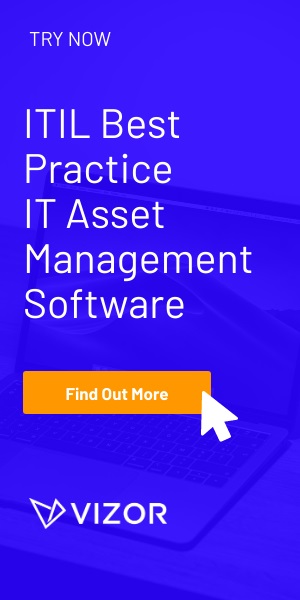Managing Unstructured Data
The management of unstructured data is currently a hot topic for IT Pros and C-level executives. A recently survey by Enterprise Management Associates (EMA) found that only 16% of respondents are highly confident in their file security efforts. That means the remaining 84% could be at risk of security issues due to improper management of unstructured data. Now, you might be wondering what unstructured data is, and if it is even a concern for your organization. Unstructured data refers to information within an organization that is not stored in a traditional database or format, like big data is. Unstructured actually comprises much of the data within an organization, but only recently have concerns increased for how to properly manage and analyze it. Examples of unstructured data include emails, word processing documents, media files like photos and videos, webpages content, and social media data. Vector Vizor can help organizations in the management of unstructured data by providing a platform that connects employees with assets and roles, request and approval functions, provisioning and de-provisioning actions, and purchasing and lifecycle details.
Who Has What
Managing the reallocation or termination of employees and their assets with an organization can be tough. Even more difficult is to handle numerous pieces of unstructured data and other assets in a secure manner. Managers must take extra care in handling important employee data and assigning only specific employees to that data.
Employee assets can include a number of items in addition to unstructured data, such as Sharepoint lists, business Dropbox accounts, and physical access to server rooms. When a change in employees occurs, these assets must be provisioned or de-provisioned correctly, and this task is tricky to complete without a proper system in place. A user-centric view, which Vector Vizor provides, allows managers to easily see “Who Has What” within the organization. Some features include self-service mode, where employees can request access to files or folders, and automated role-based provisioning, where access to assets can be granted or revoked based on jobs, roles, or projects.
When an Employee is Hired
Picture this scenario: a new employee named Chris is hired, and he is eager to start his first day at a new organization. The first order of business when beginning a new job is security. Chris needs a badge to enter the building, as well as access to the organization’s system through a new account. Is there a simple way for the organization to give Chris and other new employees quick and easy access upon hiring?
Vizor can provision all of the assets that a new employee will need, before he or she arrives. Permissions can be granted to financial or other data based on the employee’s role, as well as to the organization’s system. This will avoid the inevitable “first day” of unproductivity for a new employee, typically spent waiting around to create accounts and fill out forms, and getting absolutely nothing accomplished. An employee feeling proud and productive on his or her first day – an unheard of achievement!
When an Employee Changes Positions
Fast forward a year, and it’s promotion time for Chris! During his time at the organization so far, Chris has accumulated access privileges to access unstructured data, Sharepoint lists, and Dropbox accounts, none of which have been removed or modified based on his role. The managers receive many requests for new accesses but do not always remove old privileges. Vizor eliminates privilege creep by providing detailed audit trails of privileges assigned to each employee throughout his or her employment, and ensures that employee accesses change with job title changes. Accesses can be automatically revoked on a specific date when set up in the Vizor system, and email notifications can be sent prior to the de-provisioning to warn managers in case a change needs to be made.
Results?
The Vizor system knows which actions should be triggered when an employee’s job is terminated or his or her role changes. Vizor secures IT corporate policies and ensures that these policies are well defined, enforced, and traceable. This results in an efficient IT organization, satisfied employees and most importantly, a highly secure IT infrastructure.
Do you need a tool to manage IT Assets?
Source: http://www.finalcode.com/en/how-it-works/resources/ema-report/






